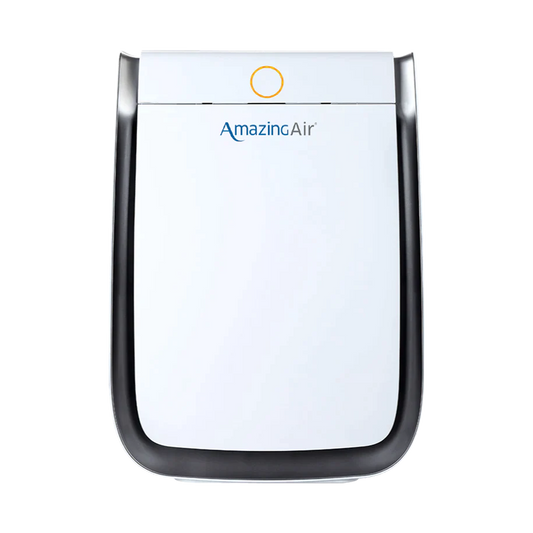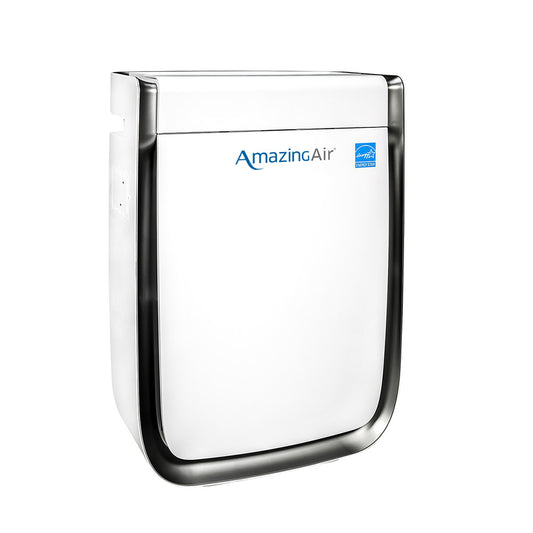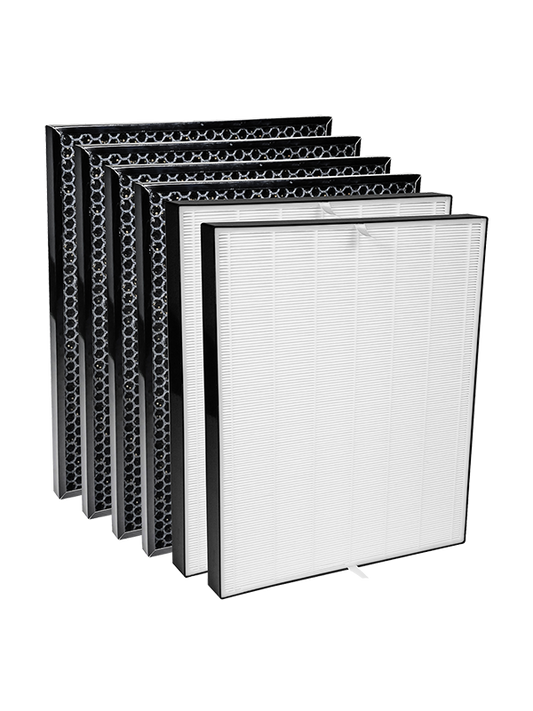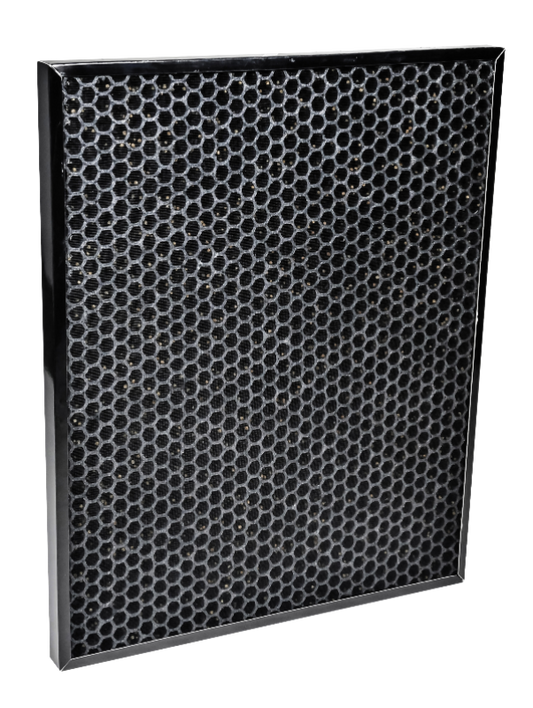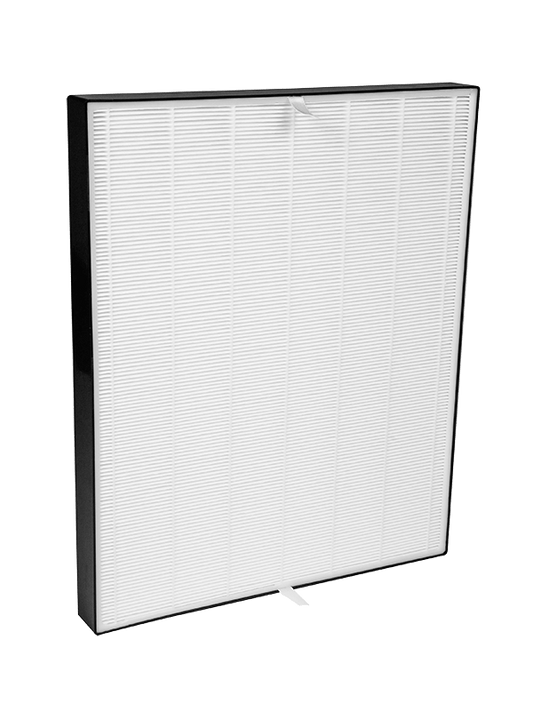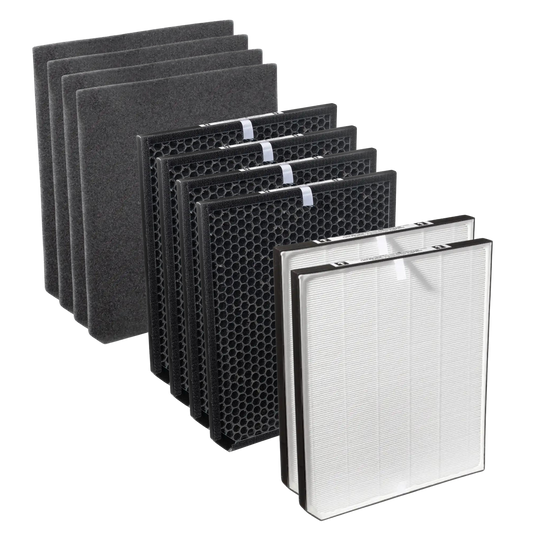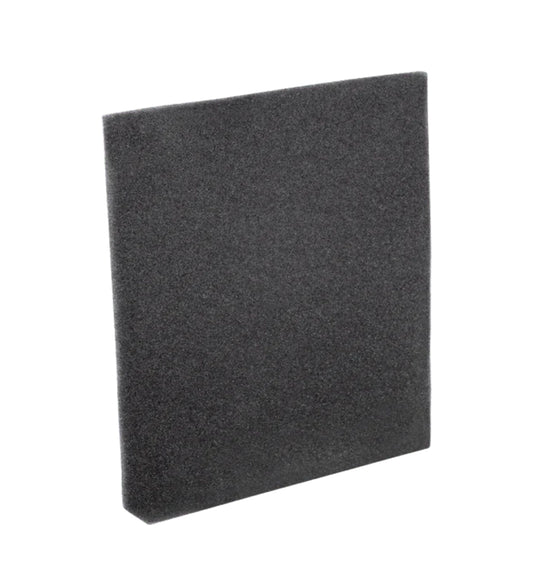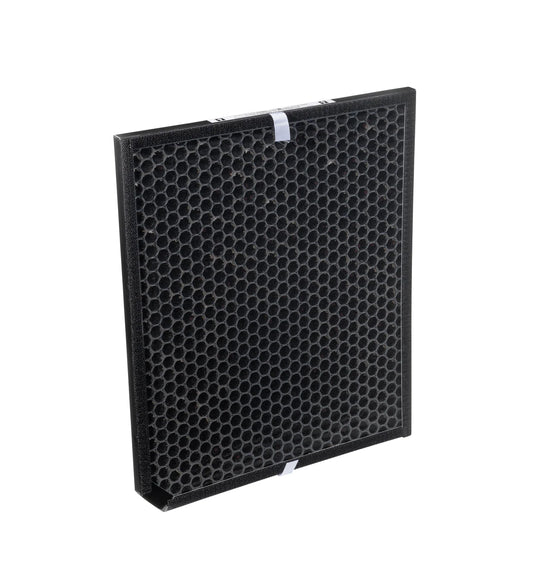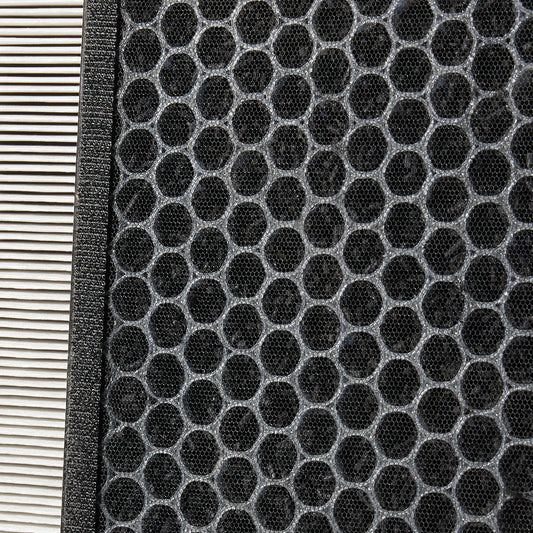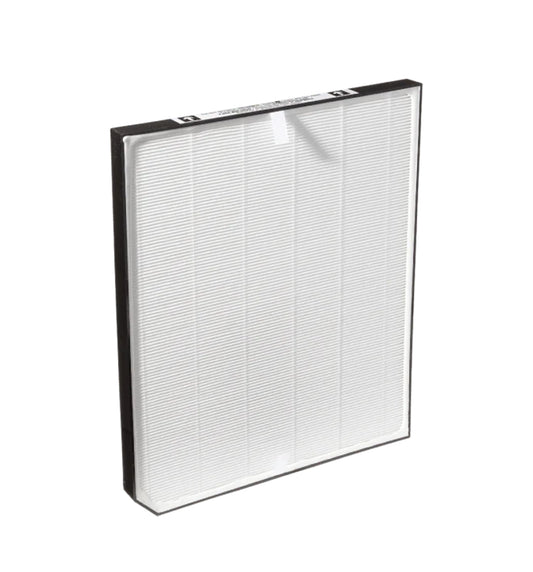If you're plagued by allergies, you're familiar with the bothersome and frustrating symptoms they bring. Sneezing, itchy eyes, and a congested nose can leave you fatigued and irritable. Naturally, you're eager to find a solution. Have you considered an air purifier? It can effectively enhance indoor air quality and alleviate allergy symptoms. Let us enlighten you on how it works!
Fighting allergies
Dust, grass pollen, pet dander—these are all things that can trigger allergies. Approximately 15 to 20 percent of people experience allergic symptoms, with many individuals in urban areas being affected. There is no cure for allergies, and the only possibility is to outgrow them. However, it's just as easy to "grow into" allergies. Suddenly, from one year to the next, you may find yourself experiencing symptoms. The impact of this is exacerbated by polluted air.
What does an air purifier do?
An air purifier effectively cleanses and purifies a room by filtering the air through multiple layers. The filters work to capture and trap allergens such as pollen, dust, and other particles, ensuring that only pure and purified air is released back into the space. This feature is particularly crucial for individuals with allergies as it helps remove allergens from the air, including pollen, dust mites, mold spores, and pet dander. Many allergy sufferers experience noticeable improvements indoors, finding relief from conditions like hay fever. You'll feel more "breathing room," and your symptoms may decrease.
Banishing odours and vapours
If you're sensitive to smoke or cleaning products, an air purifier can also be highly effective. However, it's important to note that an air purifier is not a miracle cure. It won't cure your allergies, but it can reduce your symptoms by improving the air quality. Therefore, it serves as a complement to any allergy medication you may be taking or treatments you are undergoing. The filter of the AmazingAir purifier can capture particles as small as 0.0003 microns, such as mould, bacteria, and viruses. Curious about the possibilities? Contact the experts at AmazingAir for more information!






